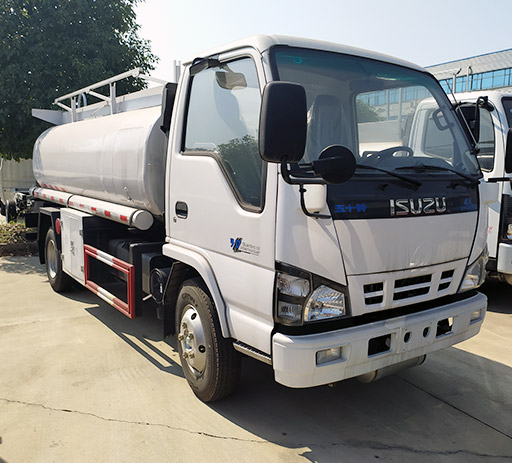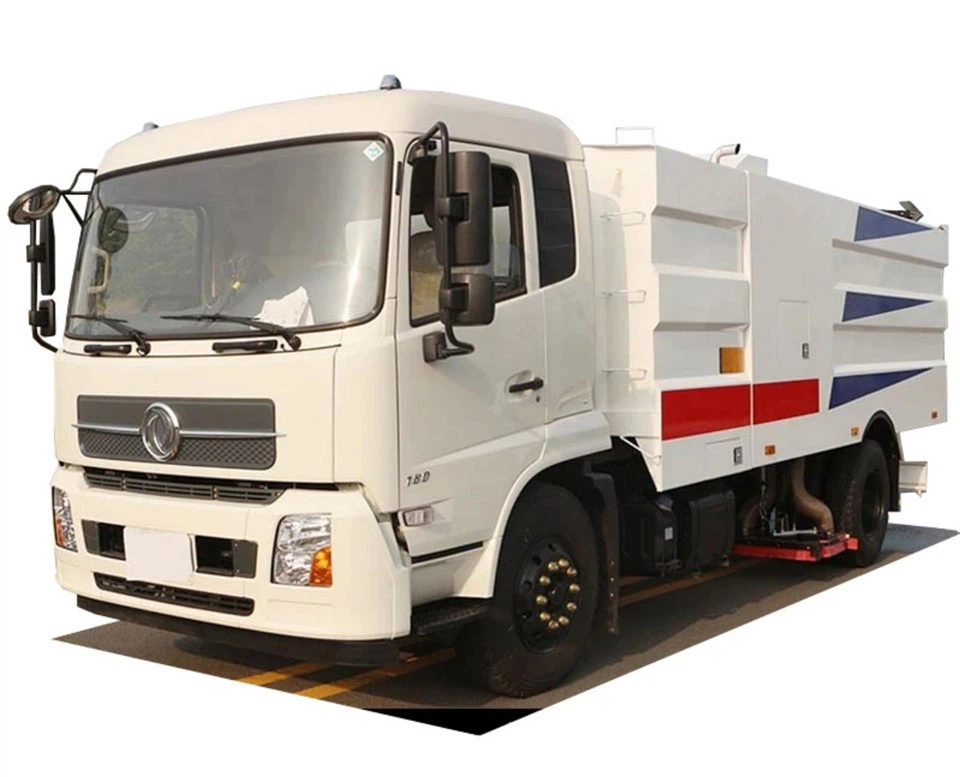Everything You Need to Know About New Vacuum Trucks

Introduction
Vacuum trucks are essential in various industries, from waste management to industrial cleaning. As technology advances and environmental standards become stricter, the demand for new vacuum trucks continues to grow. This article will provide comprehensive insights into the latest vacuum truck technologies, features, and usage, making it a valuable resource for both industry professionals and newcomers. With practical examples, tips, and answers to common questions, this guide aims to be your ultimate reference on the topic of new vacuum trucks.
What is a Vacuum Truck?
A vacuum truck is a specialized vehicle designed to transport liquids and sludges. It uses a vacuum pump to create suction, allowing it to pick up materials from various surfaces. Vacuum trucks are primarily used in non-hazardous material removal, sewage disposal, oil spill cleanup, industrial cleaning, and more. They can also be employed in construction sites, municipal sanitation, and environmental cleanup efforts.
Key Features of New Vacuum Trucks
New vacuum trucks come equipped with various features that enhance their performance and usability. Some of these key features include:
- Advanced Vacuum Systems: High-efficiency pumps that allow for faster and more effective suction of materials.
- Safety Mechanisms: Improved safety features to prevent spills and overflows, ensuring safe operation.
- Automated Controls: User-friendly digital interfaces that simplify operations and facilitate monitoring.
- Eco-Friendly Options: Many new models are designed with environmentally friendly technology to minimize emissions.
Types of Vacuum Trucks
Understanding the different types of vacuum trucks is crucial in selecting the right one for your needs. The main types include:
1. Combination Vacuum Trucks
Combination vacuum trucks are versatile and can handle both liquid and solid waste. They are equipped with a water tank for hydro-excavation and a vacuum pump for material pickup.
2. Industrial Vacuum Trucks
These trucks are designed for heavy-duty applications. They are ideal for cleaning industrial sites, power plants, and manufacturing facilities. They can handle hazardous materials and have specialized tank designs.
3. Liquid Waste Vacuum Trucks
Specifically designed for the transportation of liquid waste, these trucks are commonly used in septic tank pumping and sewage removal. They typically have large tank capacities.
4. Hydro-Vac Trucks
Hydro-vac trucks use high-pressure water combined with a vacuum system to excavate earth in a safe and efficient manner. They are often used in utility and construction sites where precise digging is necessary.
Choosing the Right Vacuum Truck
Selecting the right vacuum truck involves considering several factors that align with your specific needs.
1. Capacity and Size
The capacity of the truck’s tank is one of the most important considerations. Larger tanks can handle more material, but oversized trucks may not be suitable for smaller jobs or tough-to-reach areas.
2. Type of Material Being Pumped

Consider what type of materials you plan to transport. For example, hazardous materials require trucks that meet specific safety and regulatory standards.
3. Vacuum Pump Specifications
The specifications of the vacuum pump, such as horsepower and suction power, directly affect the efficiency and effectiveness of material pickup.
4. Regulatory Compliance
Ensure that the truck meets all local, state, and federal regulatory requirements. Compliance with environmental standards is paramount when choosing a vacuum truck.
Operating a New Vacuum Truck
Once you have chosen your vacuum truck, it’s essential to understand its operation for safety and efficiency.
1. Pre-Operation Checks
Always conduct a pre-operation inspection to ensure all systems are functional. This includes checking the vacuum pump, tank integrity, and safety features.
2. Proper Loading Techniques
Load materials properly to avoid overflow or spillage. Understand the specifications of the truck to ensure maximum efficiency.
3. Safe Disposal Practices
Follow all local regulations regarding waste disposal. Ensure all materials are disposed of in approved locations to comply with environmental laws.
Maintenance of Vacuum Trucks
Regular maintenance is essential for prolonging the life of your vacuum truck and ensuring it operates safely.
1. Daily Inspections

Conduct daily inspections of the truck’s vacuum system, hoses, and connections to catch any potential issues early.
2. Scheduled Maintenance
Follow a scheduled maintenance program outlined by the manufacturer, including oil changes, filter replacements, and pump checks.
3. Responsive Repairs
Address any signs of wear or malfunction promptly to prevent more significant issues down the road.
Cost Factors for New Vacuum Trucks
Investing in a new vacuum truck can be significant, and understanding the cost factors involved is important for budgeting.
1. Initial Purchase Price
The initial purchase price varies widely based on specifications, brand, and additional features. A new vacuum truck can range from $100,000 to over $300,000.
2. Maintenance and Operating Costs
Consider ongoing maintenance, fuel, and insurance costs, which will contribute to the overall expenditure associated with owning a vacuum truck.
3. Financing Options
Many companies offer financing options for purchasing new vacuum trucks, which can help ease the financial burden.
Best Practices for Using Vacuum Trucks
Implementing best practices can greatly enhance the effectiveness and safety of your vacuum truck operations.
1. Train Operators
Ensure that all operators are adequately trained on the specific truck model and understand both operational and safety procedures.

2. Keep Records
Maintain accurate records of maintenance checks, repairs, and operational data to track performance and compliance.
3. Utilize Technology
Leverage technology such as GPS and tracking software to monitor operations, manage routes, and optimize performance.
Future Trends in Vacuum Trucks
The vacuum truck industry is evolving with trends that focus on sustainability and advanced technology.
1. Eco-Friendly Designs
As environmental regulations become stricter, more manufacturers are creating eco-friendly vacuum trucks that reduce carbon footprints.
2. Automation
Emerging technologies in automation will likely enhance the efficiency and safety of vacuum truck operations.
3. Remote Monitoring
Innovative solutions like remote monitoring systems will allow fleet managers to track performance and maintenance needs in real time, enhancing operational efficiency.
FAQs
1. What can vacuum trucks be used for?
Vacuum trucks are used for transporting liquids, sludges, and solid waste materials, as well as industrial cleaning and hydro-excavation.
2. How often should vacuum trucks be maintained?
Regular maintenance schedules should be followed based on manufacturer recommendations, typically involving daily checks and more comprehensive inspections every few months.
3. Can I finance a new vacuum truck?
Yes, many dealerships and manufacturers offer financing options for purchasing new vacuum trucks to help with the upfront costs.
4. Are vacuum trucks environmentally friendly?
Many new vacuum trucks are designed with eco-friendly features that reduce emissions and comply with environmental regulations.
5. What is the average lifespan of a vacuum truck?
The average lifespan of a vacuum truck can range from 10 to 15 years, depending on maintenance and usage factors.
6. What type of training is required for operating a vacuum truck?
Operators should receive training on safe operation, understanding the specific model, and compliance with environmental regulations.
